Safe & Sound’s Center for Youth Wellness program has published a peer-reviewed article in the international journal on children’s health ‘Children’, outlining the learnings from its Trauma-Informed ACEs Screening and Intervention Evaluation (TASIE) project. The article is part of a special issue on Adverse Childhood Experiences: Assessment and Long-Term Outcomes.
Children is an international journal from MDPI, an open access scholarly publisher with the mission to foster open scientific exchange. Children has been publishing physician peer-reviewed articles and research since 2014, maintaining a rigorous standard for data and research which has lead to it garnering over 9.5 million paper views in 2024 and over 14,000 paper citations in 2023 [1].
Existing research has demonstrated that the assessment and study of ACEs’ impact is essential. The articles in this special edition combine to deepen knowledge, expand understanding, and explore advanced methods of assessing ACEs. The TASIE project was included as an example of innovative research into childhood adversity, considering its short-term and long-term impact on psychological well-being, health, and social outcomes. Other articles in the special edition consider the link between exposure to violence and the perpetration of other forms of violence, the common and differential mechanisms involved in the development of different types of youth violence, and an assessment of the predictive accuracy of risk assessment tools in child health and wellbeing.
You can read Safe & Sound’s article and the full special edition online now.

The article in Children Journal discusses the findings of our three-year TASIE project. You can read more about the research outcomes of this project in this website page: https://safeandsound.org/about-abuse/the-tasie-project/. Through this Center for Youth Wellness program, we have provided vital recommendations to healthcare leaders on how to integrate ACEs and toxic stress screening and prevention efforts into patient healthcare management.
The TASIE project has laid the groundwork for more trauma-informed care across the country, helping to build a healthcare system that better supports children and families affected by adversity. The success of the TASIE Project is highlighted in HRSA’s report to the United States Congress, spotlighting Safe & Sound’s pioneering role in this national effort.
Safe & Sound’s Center for Youth Wellness program seeks to continue this effort by working with partners and practitioners to conduct further trauma-informed practice research and training. By producing and disseminating data, we seek to continue to learn lessons and develop tools to inform national, state and local policies and practices in addressing childhood trauma. With your ongoing support we can progress this important research.
Kids’ Turn workshops for Spring 2025 are in progress, and the families taking part have already started to experience the benefits of attending.
“Hearing everyone’s thoughts and stories makes you realize you are not alone and broadens your perspective” – Kids’ Turn parent
Kids’ Turn is a co-parenting workshop which supports children and parents through separation and divorce. The program helps children discuss their feelings and teaches tools to cope with parental separation, while family members learn new ways to support their children and manage their new life circumstances.
The workshops involve interactive sessions giving parents and children the space to share, as well as more structured advice on responding to different situations.
Kids need to know their thoughts and feelings matter. When we create a space for them to express themselves openly—without judgment or interruption—we help them feel valued and understood. When kids feel heard, they learn to manage their emotions in healthy ways.
Simple ways to encourage open sharing:
Parenting isn’t just about guiding children—it’s also about healing ourselves. One parent shared how Kids’ Turn helped them recognize their own triggers, leading to an emotional but meaningful conversation with their daughters.
“Learning about my personal triggers from my own upbringing. I really sat down with my daughters and just cried. I scared them, but we started talking about how my mom was to me and I didn’t want to be that way anymore. It was a pretty special moment. This class really did bring up things I just didn’t realize were issues.” – Kids’ Turn parent
At Kids’ Turn, we create space for parents to reflect, heal, and grow—because breaking cycles starts with awareness. Every moment of learning and connection strengthens families for the better.
Whether it’s learning better communication skills, finding community, or simply realizing you’re not alone—Kids’ Turn exists to support families.
Want to learn more about how our workshops help families navigate challenges together? Visit the dedicated website page.
The end of April marks the end of Child Abuse Prevention Month 2025. We hope that you were able to take part in a way that was meaningful to you. We are grateful for the opportunity this month brings to share information and spread awareness about child abuse prevention with our community.
We’re delighted that so many people and organizations chose to get behind Child Abuse Prevention Month in different ways.
April may be over but our mission to create a world in which every child and family can thrive continues. Child Abuse Prevention means working with communities to keep children safe, provide the support families need to stay together, and raise children to be happy, secure, and stable adults. If you would like to be a part of that mission, please consider donating today.
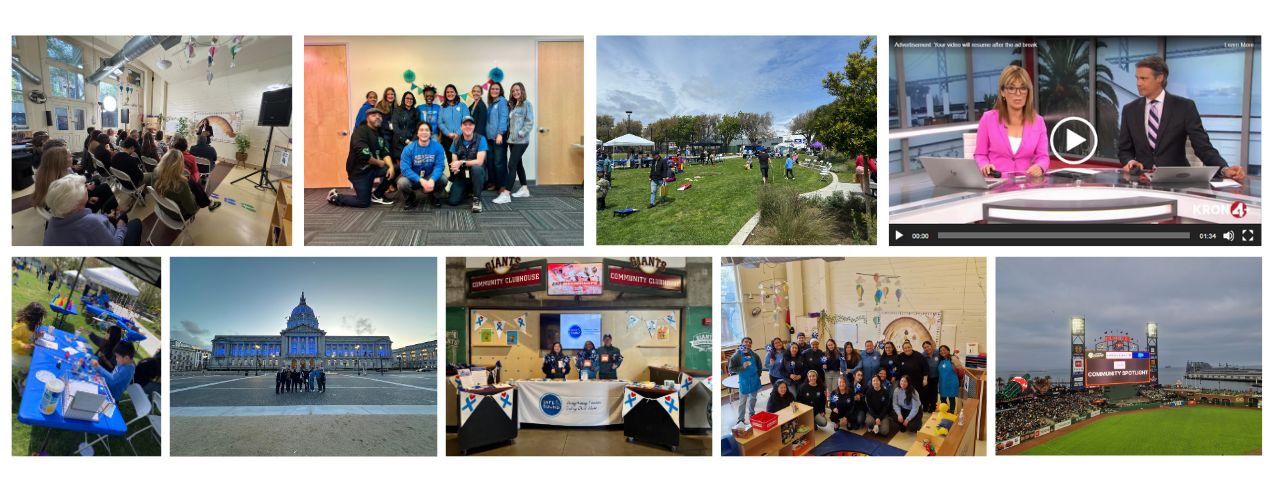
This tool suggests the stages of development from birth to 6 years and some activities you can do with children to encourage their development. Enjoy watching and helping your child grow!
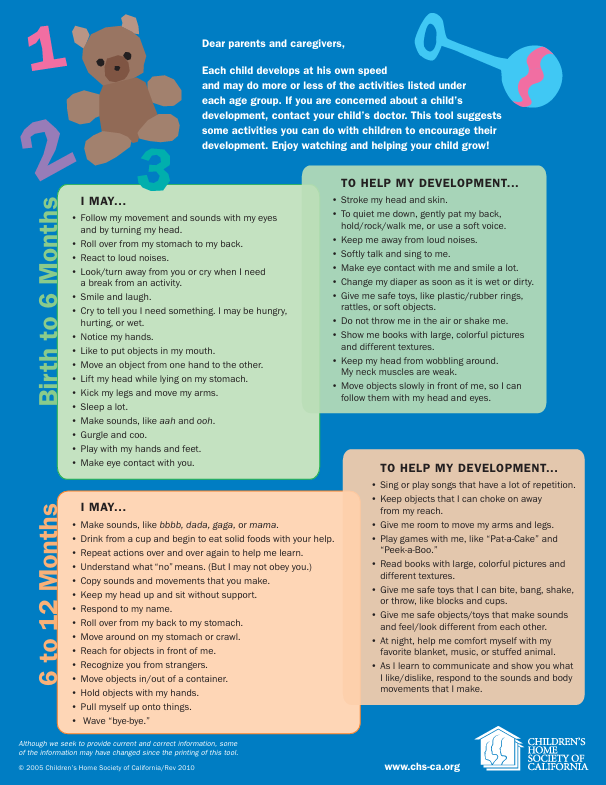
Social and emotional development involves several interrelated areas of development, including social interaction, emotional awareness, and self-regulation. Parents and families play an important role in nurturing their children’s social and emotional development, which can be both rewarding and challenging at the same time. Critical to providing support is having realistic expectations of children’s development at different ages. The tips are organized by age (Infants, Toddlers, Preschoolers) and are intended to help parents and families support their children’s social and emotional development – nurturing children’s ability to develop healthy relationships, manage challenges and realize their full potential.
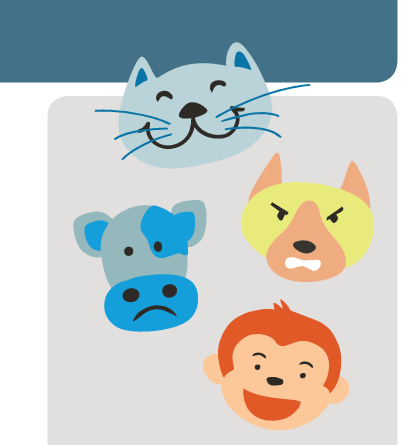
This website has a whole library of resources to help children grow smarter, stronger, kinder, covering a wide range of topics including: Emotional Well-Being, Emergencies, Self-Care, Grief, Feelings, Divorce, Traumatic Experiences, Parenting and Community Service.
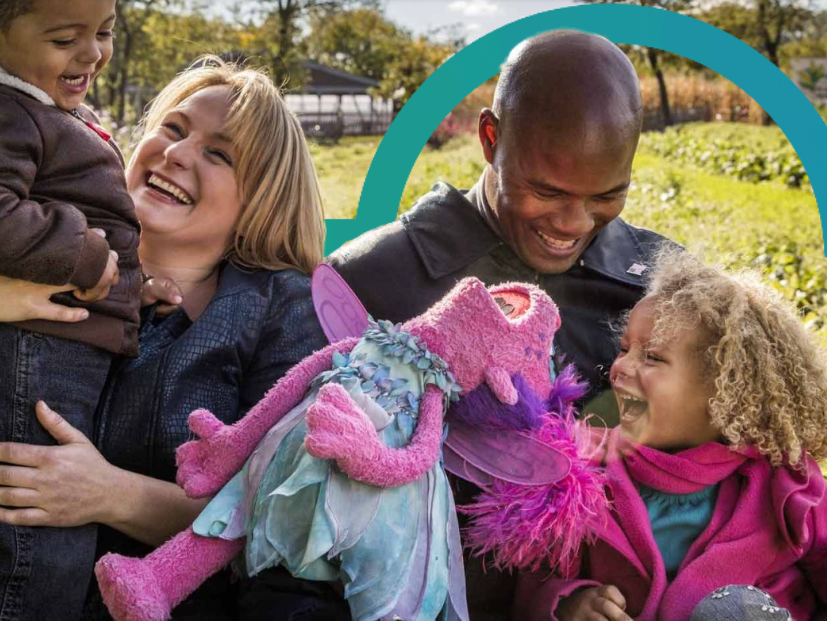
When adults respond quickly and consistently to bullying behavior they send the message that it is not acceptable. Research shows this can stop bullying behavior over time.
Parents and other adults in the community can help kids prevent bullying by talking about it, building a safe school environment, and creating a community-wide bullying prevention strategy.
Stopbullying.gov is a website full of information and resources, here are some specific pages that might be useful.
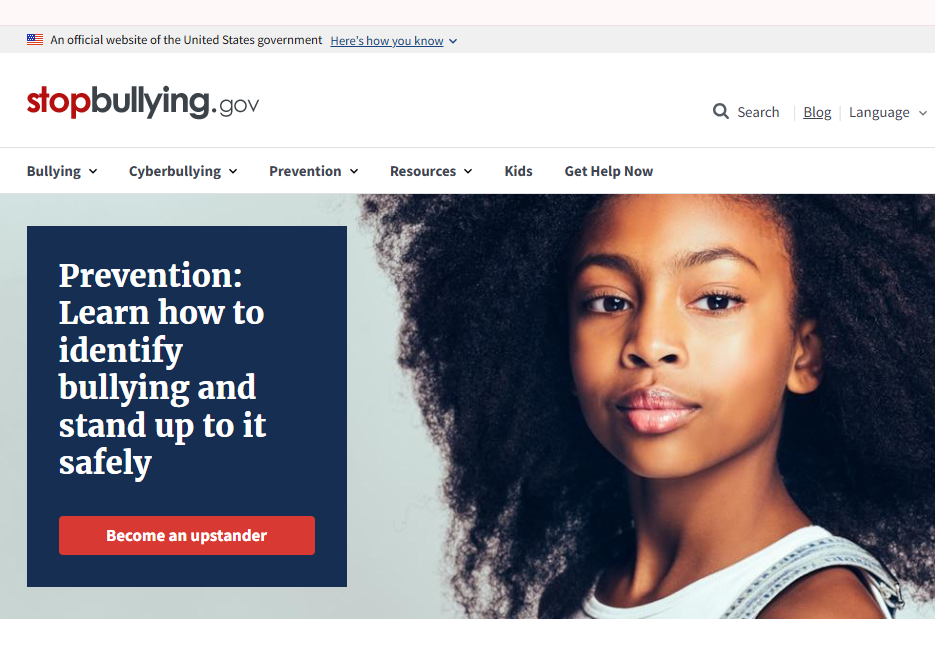
Each child develops at their own pace and has diverse learning needs and approaches. In the tools shared, your child may do more or less of the activities listed under each age group.
Tuning in and being aware of your child’s specific needs and where they are developmentally can help you adjust to daily routines and activities with your child. But if you are ever worried about your child’s development, don’t wait! Talk with your child’s doctor if you have concerns.
Local news station KRON4 has recognized Child Abuse Prevention Month with a segment featuring Safe & Sound’s CEO Dr. Pegah Faed and a client, Alexis, who first engaged with our TALK Line over 40 years ago. Working with Safe & Sound reinforced Alexis’ inner strength to help her six-year-old child with the trauma of witnessing a shooting in their local area. “I think if I didn’t have Safe & Sound I don’t know where I’d be” – shared Alexis.
This is all part of our effort to reduce the stigma around parents getting help and support – parenting is hard, regardless of the circumstances, and Safe & Sound is here to help.
Although stranger abduction (where a stranger takes a child intending to keep or harm him/her) is rare, it is important to talk to your child about strangers. Often children do not have a clear understanding of who is a stranger or what to do in a potentially dangerous situation. Use these tips to help guide your discussion.
Make clear that a stranger is anyone your child doesn’t know well. It’s common for children to think that strangers look mean and scary. Explain that no one can tell whether a stranger is nice or safe just by looking at him/her, and children should be careful around all strangers.
Point out adults your child can trust. This will help your child better understand the stranger concept and know who to go to if your child needs help.
Provide your child with basic rules on keeping safe:
Have your child practice saying, “No!” to going with a stranger or taking something from a stranger by playing the “What If …” Game and doing role plays. Some scenarios you could discuss are:
If your child asks, “What if they get me anyway?”: Talk about your child’s feelings; Reassure your child that he/she is safe; Reinforce the safety rules; and Suggest your child follow his/her instincts.
Last year, a local family faced an unimaginable challenge when Child Protective Services (CPS) removed their six-year-old son from their care due to a misunderstanding.
The child, who has a speech delay, sustained a minor injury after a fall. Unable to fully express what had happened, he unknowingly triggered a report to CPS at school. What should have been an opportunity for support turned into a painful separation, and the child remained in foster care for five months.
The family had first connected with Safe & Sound through a school workshop, where they learned about parenting strategies, tools for parenting, child development, and community resources. When they reached out to Safe & Sound for help, our Care Coordination team immediately stepped in, advocating on their behalf and helping CPS understand the family’s cultural background and parenting practices. The team provided parenting classes and helped them navigate the complex legal and social services systems.
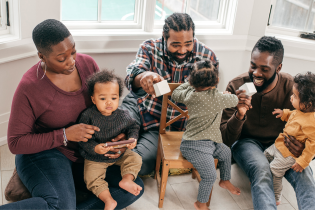
The removal of their child had far-reaching consequences for the parents beyond emotional distress. Because their son was no longer in their care, the family lost their place on a shelter waitlist, leaving them homeless. This, in turn, became another barrier—CPS required stable housing for reunification, even though the family’s homelessness was a direct result of the removal. Safe & Sound intervened, covering the cost of a hotel stay while working with Compass, a local housing organization, to secure longer-term shelter. With this stability in place, CPS approved the child’s reunification with the parents at the start of this year.
The moment they were reunited was filled with relief and joy. After months of uncertainty and heartache, the family could finally be together again. They have since worked hard to regain stability, with the mother receiving therapy to process the trauma of the separation. She has become an advocate for families experiencing homelessness, speaking out about the challenges parents face in securing shelter. The mom is also pursuing Early Childhood Education classes to obtain a child care license, while the father has found stable employment.
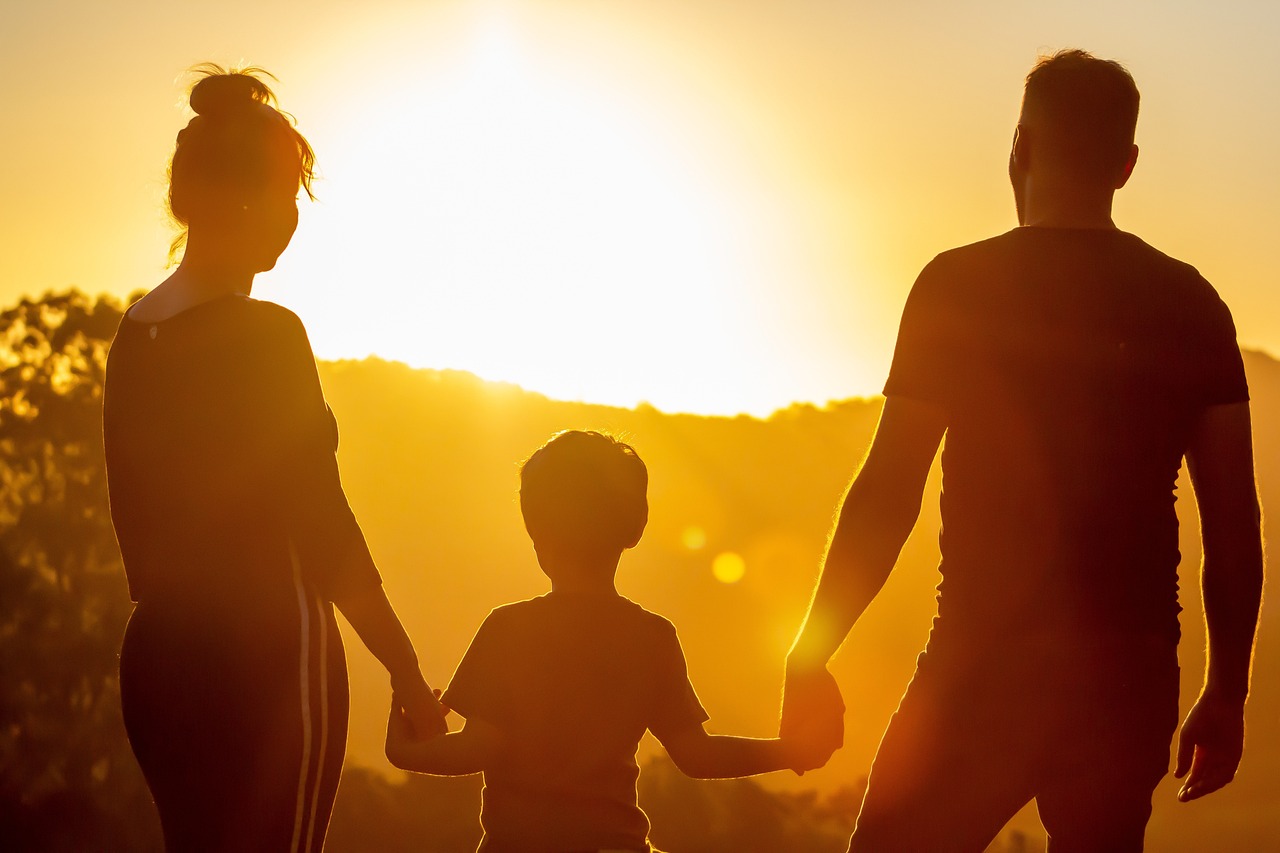
Today, their journey has come full circle. Their housing situation is now stable, and with a subsidy on the way, they are looking forward to an even more secure future. The family remains connected with Safe & Sound, continuing to work toward their goals. More than anything, they are grateful to have their son back home, where he belongs.The family is deeply grateful for the support they received and for the chance to move forward together.
At Safe & Sound, we believe that every family deserves understanding, advocacy, and the resources needed to thrive. This story is a testament to the power of community support and the unwavering resilience of parents fighting for their children.
Safe & Sound has launched our 2024 Economics of Child Abuse report and website, which provides a detailed analysis of the cost of child abuse and neglect across the state.
According to our research, child abuse and neglect cost California over $16 billion in 2024. This represents thousands of missed opportunities for prevention and confirms that the costs of abuse and neglect for impacted children and their families are both significant and long lasting, while bringing into stark relief the financial cost of the current approach that prioritizes intervention after a crisis has occurred instead of an approach that focuses on prevention.

Working with partners from across the state, Safe & Sound is changing that paradigm by focusing our work squarely on prevention of child abuse and neglect.
Through our direct services for children and families, efforts to develop a local community pathway, and statewide research and advocacy, we are lowering the incidence of child maltreatment and trauma, keeping families safely together, and driving down costs to taxpayers and wider society. We believe that enduring change will only happen when there is a seismic shift away from a reactive system to a child and family well-being system.
Research on child abuse and neglect has historically focused on an individual’s or family’s risk and protective factors. However, in our report, we also share the Community Conditions that can help communities nurture strong families, and the Risk Factors on the other side that place children and their families at greater risk for abuse and neglect.
The Economics of Child Abuse site includes a model of the costs that can be incurred by society of a hypothetical girl who suffers abuse at a young age. Beyond the human tragedy, the lifetime financial costs are startling:
That adds up to $659,622 for an average survivor of child abuse. Spread that out over thousands of survivors every year, and the case for focusing on prevention not only provides children and families with greater opportunities to thrive, but is also smart fiscal policy.
Visit our Economics of Child Abuse website to deep dive into data for your county and learn more about the factors that can keep young people and families in California safe.
Please let us know if you have any questions or ideas to share concerning the Economics of Child Abuse report by emailing us at communityactions@safeandsound.org.
April is dedicated to raising awareness and taking action to prevent child abuse and neglect. The Greater Bay Area Child Abuse Prevention Council Coalition members have joined forces to increase awareness about child and family well-being.
Throughout this month, we invite you to join us in raising awareness and taking action. Explore our event calendar, filled with activities hosted by community partners across the region. By participating in these events, you can educate yourself, advocate for change, and show your commitment to keeping children safe.
The Greater Bay Area Child Abuse Prevention Council Coalition represents ten counties coordinating resources, advocating for public policy, producing conferences, and sharing best practices. The ten Bay Area counties include: Alameda County Child Abuse Prevention Council, Contra Costa Child Abuse Prevention Council, Marin County Child Abuse Prevention Council, Monterey County Child Abuse Prevention Council, Napa County Child Abuse Prevention Council (COPE Family Services), Safe & Sound – San Francisco, San Mateo County Child Abuse Prevention Council, Santa Clara County Child Abuse Prevention Council, Solano County Child Abuse Prevention Council (Children’s Network), Sonoma County Child Abuse Prevention Council (Child Parent Institute).